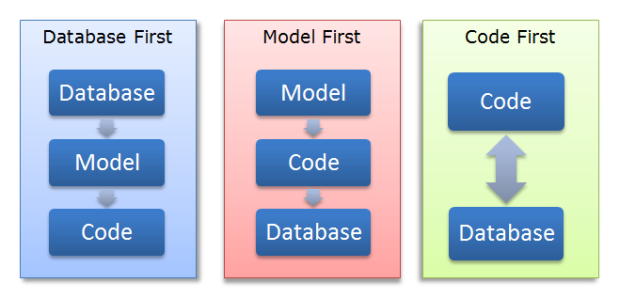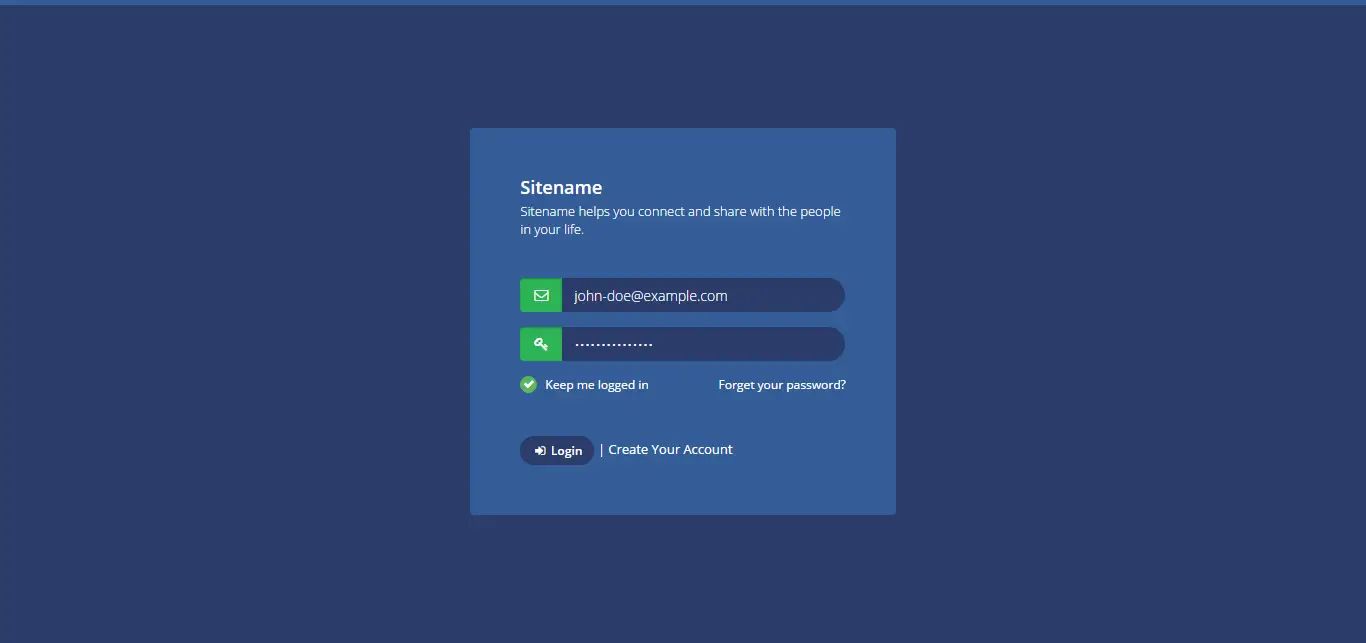Override Function in C#
By Tan Lee Published on Feb 27, 2025 249
When you mark a method in the base class with the virtual keyword, it indicates that the method can be overridden in any derived class. The derived class then uses the override keyword to provide its specific implementation of the method. This feature is especially useful when you need to change or extend the behavior of a base class method while maintaining the overall structure defined by the base class.
Syntax
public class BaseClass
{
public virtual void DisplayMessage()
{
Console.WriteLine("Message from BaseClass.");
}
}
public class DerivedClass : BaseClass
{
public override void DisplayMessage()
{
Console.WriteLine("Message from DerivedClass.");
}
}In this example:
- The
BaseClassdefines a methodDisplayMessage()asvirtual, indicating it can be overridden. - The
DerivedClassuses theoverridekeyword to provide its custom implementation of theDisplayMessage()method.
For example:
public class Animal
{
public virtual void MakeSound()
{
Console.WriteLine("Animal makes a sound.");
}
}
public class Dog : Animal
{
public override void MakeSound()
{
Console.WriteLine("Dog barks.");
}
}
public class Cat : Animal
{
public override void MakeSound()
{
Console.WriteLine("Cat meows.");
}
}In this example:
- The
Animalclass defines a methodMakeSound()asvirtual. - The
DogandCatclasses override theMakeSound()method with their own specific implementations using theoverridekeyword.
Why Use Override?
- Customizing behavior: The
overridekeyword enables you to change or extend the functionality of a method in a derived class. - Consistency in interface: It ensures that derived classes follow the same interface as the base class, while providing specific implementations.
- Polymorphism: The method to be executed is determined at runtime based on the object type, enabling polymorphic behavior.
Role of Override in OOP Concepts
The override function plays a critical role in several fundamental OOP principles:
1. Polymorphism
Polymorphism allows objects of different types to be treated as objects of a common base type. By overriding methods, derived classes can provide their own specific behavior while being accessed through the base class interface.
In this example, the method MakeSound() behaves differently based on the actual object type (Dog or Cat), even when accessed through a reference of the Animal base class.
using System;
namespace DemoPolymorphism
{
public class Animal
{
public virtual void MakeSound()
{
Console.WriteLine("Animal makes a sound.");
}
}
public class Dog : Animal
{
public override void MakeSound()
{
Console.WriteLine("Dog barks.");
}
}
public class Cat : Animal
{
public override void MakeSound()
{
Console.WriteLine("Cat meows.");
}
}
class Program
{
static void Main()
{
Animal animal1 = new Dog();
Animal animal2 = new Cat();
animal1.MakeSound();
animal2.MakeSound();
}
}
}Polymorphism in Action: Here, the MakeSound() method produces different outputs depending on the actual object type (Dog or Cat), even though it is invoked through a reference of the Animal base class.
2. Inheritance
Inheritance allows a class to inherit methods and properties from another class. The override keyword lets you modify or extend these inherited methods to suit the needs of the derived class.
For example, A base class may define general behavior, and derived classes can modify or extend that behavior using overrides.
using System;
namespace DemoInheritance
{
public class Vehicle
{
public virtual void StartEngine()
{
Console.WriteLine("Starting a generic vehicle engine.");
}
}
public class Car : Vehicle
{
public override void StartEngine()
{
Console.WriteLine("Starting a car engine.");
}
}
public class Motorcycle : Vehicle
{
public override void StartEngine()
{
Console.WriteLine("Starting a motorcycle engine.");
}
}
class Program
{
static void Main()
{
Vehicle vehicle1 = new Car();
Vehicle vehicle2 = new Motorcycle();
vehicle1.StartEngine();
vehicle2.StartEngine();
}
}
}Inheritance in Action: The Vehicle class defines a general StartEngine() method, and the derived Car and Motorcycle classes override it with specific implementations for each type of vehicle.
3. Encapsulation
Encapsulation hides the internal details of a class while providing a well-defined interface. The override keyword allows derived classes to provide their specific behavior while keeping the interface of the base class consistent.
For example, In this case, the Logger class defines a general logging method, and different logging behaviors are implemented in the derived FileLogger and DatabaseLogger classes, while maintaining the same interface.
using System;
namespace DemoEncapsulation
{
public class Logger
{
public virtual void Log(string message)
{
Console.WriteLine($"Logging: {message}");
}
}
public class FileLogger : Logger
{
public override void Log(string message)
{
Console.WriteLine($"Logging to file: {message}");
}
}
public class DatabaseLogger : Logger
{
public override void Log(string message)
{
Console.WriteLine($"Logging to database: {message}");
}
}
class Program
{
static void Main()
{
Logger logger = new FileLogger();
logger.Log("File log message");
logger = new DatabaseLogger();
logger.Log("Database log message");
}
}
}Encapsulation in Action: The Logger class defines a logging interface, and the derived classes (FileLogger and DatabaseLogger) implement their specific logging methods, while the interface remains unchanged.
Advantages of Using Override
- Flexibility: Derived classes can extend or modify the functionality of base classes without altering the base class.
- Code Reusability: Methods from the base class can be reused and customized in derived classes.
- Polymorphic Behavior: Enables dynamic method binding, simplifying interaction with objects of different types through a common interface.
- Improved Readability: The
overridekeyword clearly marks methods that are intended to replace or extend base class functionality.
Disadvantages of Using Override
- Complexity: Overusing overrides in deep inheritance hierarchies can lead to complicated and hard-to-understand code.
- Performance Overhead: Virtual method calls incur a small performance cost due to runtime method resolution.
- Fragile Base Class Problem: Changes in the base class could unintentionally affect all derived classes, potentially introducing bugs.
- Misuse: Incorrect or unnecessary overriding may result in unintended behavior, especially when guidelines are not followed.
The override function is a powerful feature in C# that promotes flexibility, reusability, and maintainability in code. By understanding and utilizing the override keyword correctly, developers can effectively implement OOP principles, such as polymorphism, inheritance, and encapsulation.





